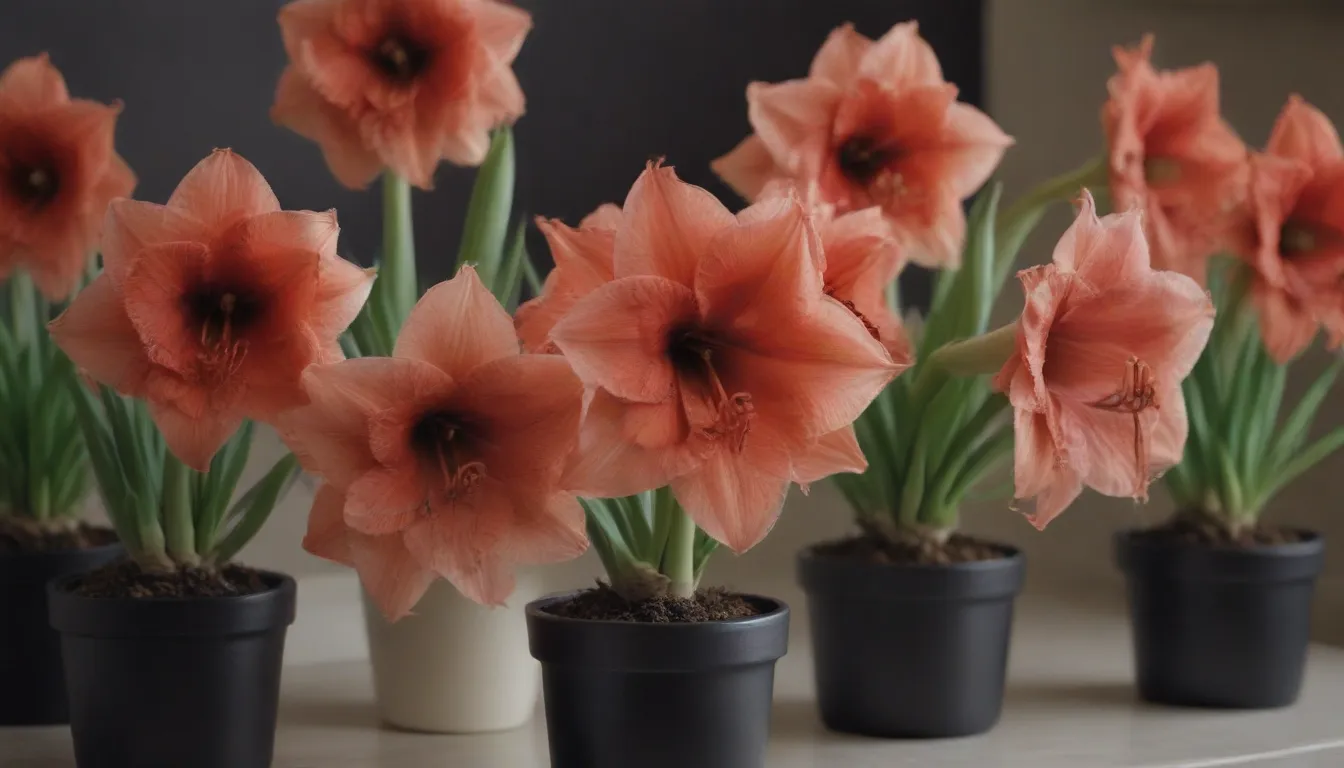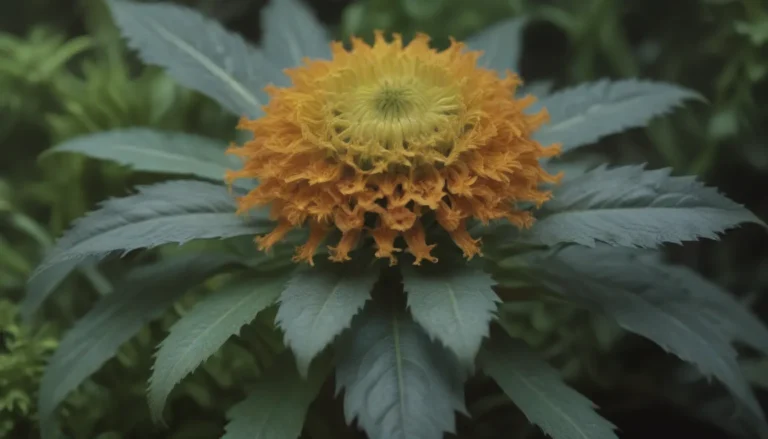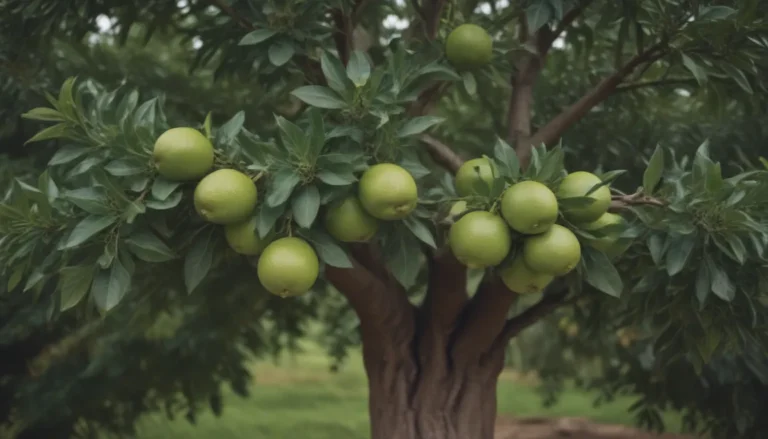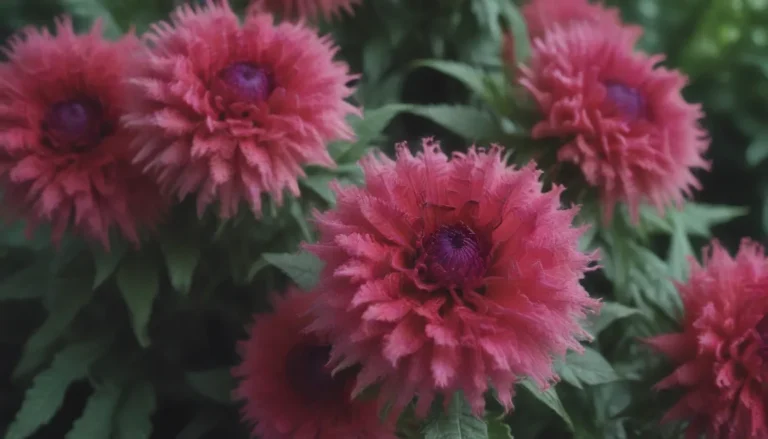Comprehensive Guide to Storing and Caring for Amaryllis Bulbs

Amaryllis flowers, also known as Hippeastrum spp., are a favorite among plant enthusiasts for their vibrant blooms that bring cheer to indoor spaces during the dull winter months. Whether grown as houseplants or outdoors in suitable climates, amaryllis bulbs have the potential to produce beautiful flowers for many years with proper care. In this detailed guide, we will explore everything you need to know about storing and caring for amaryllis bulbs to ensure a thriving plant.
Understanding Amaryllis Bulb Storage
Knowing how to properly store amaryllis bulbs is essential to ensure their health and vitality for future blooms. Follow these simple steps to store your amaryllis bulb correctly:
- Trim the Stalks: Use a clean knife or gardening shears to trim the stalks to about 1 to 1.5 inches above the bulb. Allow the leaves to remain for a while to allow the bulb to photosynthesize effectively.
- Keep the Soil Moist: Water the soil whenever it starts to dry out, especially the top 2 inches. If the temperatures remain above 50°F, consider moving the plant outdoors for better growth. Ensure proper drainage to prevent bulb rot.
- Feed It Fertilizer: Regularly fertilize your amaryllis bulb with a balanced houseplant fertilizer to promote healthy bud formation for the following year.
- Trim Wilted Leaves: As the leaves start to wither, trim them down to 1-2 inches above the bulb. If planted in the ground, carefully dig up the bulb; if in a pot, keep it in and bring it indoors.
- Store in a Cool, Dry Place: Find a cool, dry, and dark spot such as a garage, basement, or refrigerator crisper drawer with temperatures ranging between 50-55°F for 8-12 weeks. Avoid storing amaryllis bulbs with apples as it could sterilize them.
Tip: Amaryllis bulbs do not go into true dormancy, so store them in soil rather than in a bag or box.
Planting Amaryllis Bulbs for Blooming
After storing the amaryllis bulbs for at least eight weeks, it’s time to replant them to induce flowering. Here’s what you need to do:
- Replanting Outdoors: If you plan to grow your amaryllis outdoors, transplant them in your garden about eight weeks before you expect them to bloom, usually around late May. Ensure they receive partial to full sun and water and feed them accordingly.
- Inducing Dormancy: To mimic dormancy and protect your amaryllis from frost, store them indoors in a cool, dark spot in late September without watering. Once the leaves turn brown, follow the steps for storage and then move them to a well-lit area with proper moisture to revive them.
- Options for Flowering: Depending on your preference, you can choose to induce flowering at different times by adjusting the light, temperature, and watering conditions.
Tip: Keep the soil moisture levels consistent to prevent bulb rot.
Repotting Amaryllis Bulbs
Repotting amaryllis bulbs is essential for their long-term health and growth. Follow these guidelines for successful repotting:
- Timing: Generally, you don’t need to repot amaryllis bulbs for the first two to four years. When repotting, choose a sturdy container that can support the weight of the blossoms without toppling over.
- Soil Mix: Use a loose, well-draining soil mix that is beneficial for bulbs or houseplants to promote healthy growth. Plant one bulb in a 6-8 inch pot or three bulbs in a 10-12 inch pot for optimal results.
By following these comprehensive guidelines for storing, planting, and caring for amaryllis bulbs, you can enjoy their stunning blooms for years to come. Remember to provide the necessary care and attention to ensure the long-term health and vitality of your amaryllis plants. Happy gardening!





